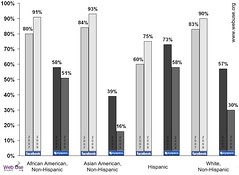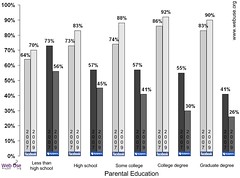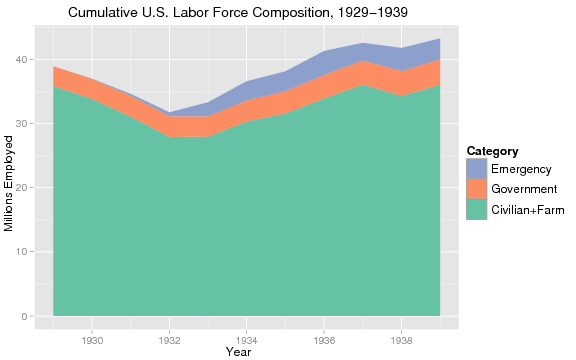I just finished reading Justin Fox’s “The Myth of the Rational Market”:http://www.amazon.com/gp/product/0060599030?ie=UTF8&tag=henryfarrell-20&linkCode=as2&camp=1789&creative=390957&creativeASIN=0060599030 (yes: two years late – I know), and came across this story about Daniel Kahneman which I didn’t know, and which illustrates one of those points that is _ex post_ obvious, but _ex ante_ rather brilliant.
bq. The only point Daniel Kahneman was trying to get across was that praise works better than punishment. The Israeli Air Force flight instructors to whom the Hebrew University psychologist delivered his speech that day in Jerusalem in the mid-1960’s were dubious. One veteran instructor retorted:
On many occasions I have praised flight cadets for clean execution of some aerobatic maneuver, and in general when they try it again they do worse. On the other hand, I have often screamed at cadets for bad execution, and in general they do better. So please don’t tell us that reinforcement works and punishment does not, because the opposite is the case.
bq. As a man trained in statistics, Kahneman saw that _of course_ a student who had just brilliantly executed a maneuver (and was thus praised for it) was less likely to perform better the next time around than a student who had just screwed up. Abnormally good or bad performance is just that – abnormal, which means it is unlikely to be immediately repeated. But Kahneman could also see how the instructor had come to his conclusion that punishment worked. “Because we tend to reward others when they do well and punish them when they do badly, and because there is regression to the mean,” he later lamented, “it is part of the human condition that we are statistically punished for rewarding others and rewarded for punishing them.”


